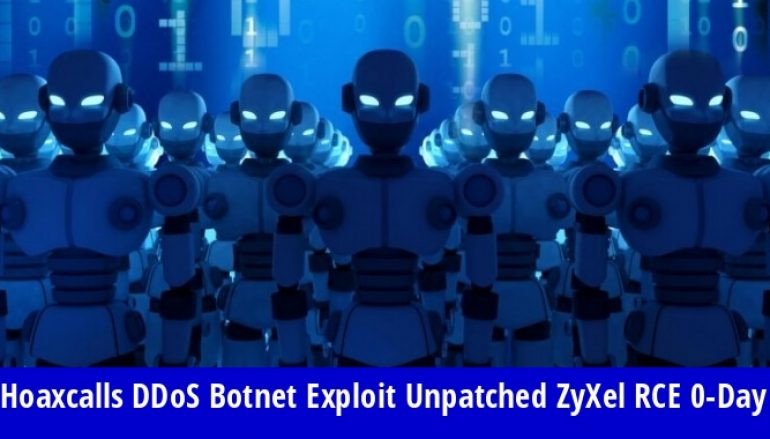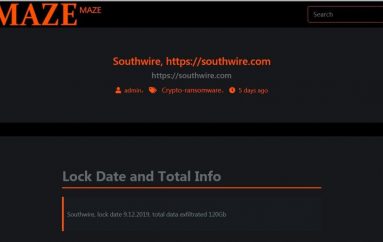
Hackers Spreading Hoaxcalls DDoS Botnet by Exploiting an Unpatched ZyXel RCE 0-Day Bug Remotely
Researchers uncovered a new variant of Hoaxcalls Botnet that spreading through exploiting the unpatched remote code vulnerability that resides in ZyXEL Cloud CNM SecuManager.
Zyxel Cloud CNM secuManagr is a network management software designed to provide an integrated console to monitor and manage security gateways.
Hoaxcalls Botnet was initially uncovered by the Palo Alto research team on April 3 when the botnet was propagating via 2 patched vulnerabilities, while the Hoaxcalls carrying nearly 16 DDoS attack vectors.
The previous version of the botnet utilized three DDoS attack vectors: UDP, DNS, and HEX flood to attack the victim’s network by exploiting the RCE and SQL injection vulnerabilities.
The newly upgraded variant has contained new attack capabilities compared to the previous sample and, it was uncovered while monitoring the XTC Mirai campaign.
April 20, Researchers from Radware uncovered the new campaign utilizing the unpatched vulnerability in ZyXEL Cloud CNM SecuManager through new malware sever (IP 78.33.64.107).
Also, the current method of propagating contains major changes with 19 DDoS attack vectors, and the threat group behind XTC and Hoaxcalls includes a number of variants using different combinations of propagation exploits and DDoS attack vectors.
Zyxel Cloud CNM contains an unauthorized remote code execution vulnerability that can be exploited remotely through API calls that abuse the path / live / CPEManager / AXCampaignManager / delete_cpes_by_ids? Cpe_ids =
According to Radware report “A Remote Code Execution (RCE) attack is possible by abusing an insecure API due to unsafe calls to eval():”
Botnet loader script is hosted on the malware sever to leverage the exploit from the C2 servers using the following C2 server command.
HTTPOPTION – http option flood
HTTPDELETE – http delete flood
HTTPTRACE – http trace flood
HTTPPOST – http post flood
HTTPHEAD – http head flood
HTTPGET – http get flood
HTTPPUT – http put flood
VSE 32 0 0 10 – vse flood
SYN 32 0 10 – syn flood
RST 32 0 10 – rst flood
PSH 32 0 10 – psh flood
TCP 32 0 10 – tcp flood
URG 32 0 10 – urg flood
ACK 32 0 10 – ack flood
FIN 32 0 10 – fin flood
UDP 32 10 – udp flood
HEX – hex flood
DNS – dns resolver flood
BLACKNURSE – blacknurse flood
Researchers believe that the attackers behind this campaign is working hard to find the new vulnerabilities leveraging new exploits to building a botnet that can be leveraged for large scale DDoS attacks.
You can read the complete report of Hoaxcalls DDoS Botnet operation here.
This post Hackers Spreading Hoaxcalls DDoS Botnet by Exploiting an Unpatched ZyXel RCE 0-Day Bug Remotely originally appeared on GB Hackers.






